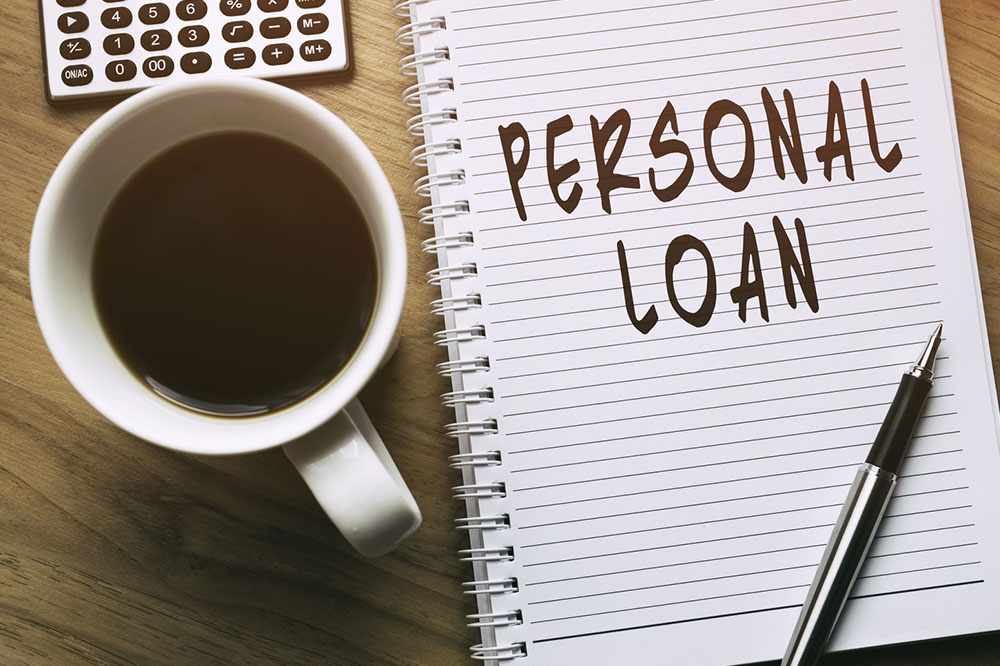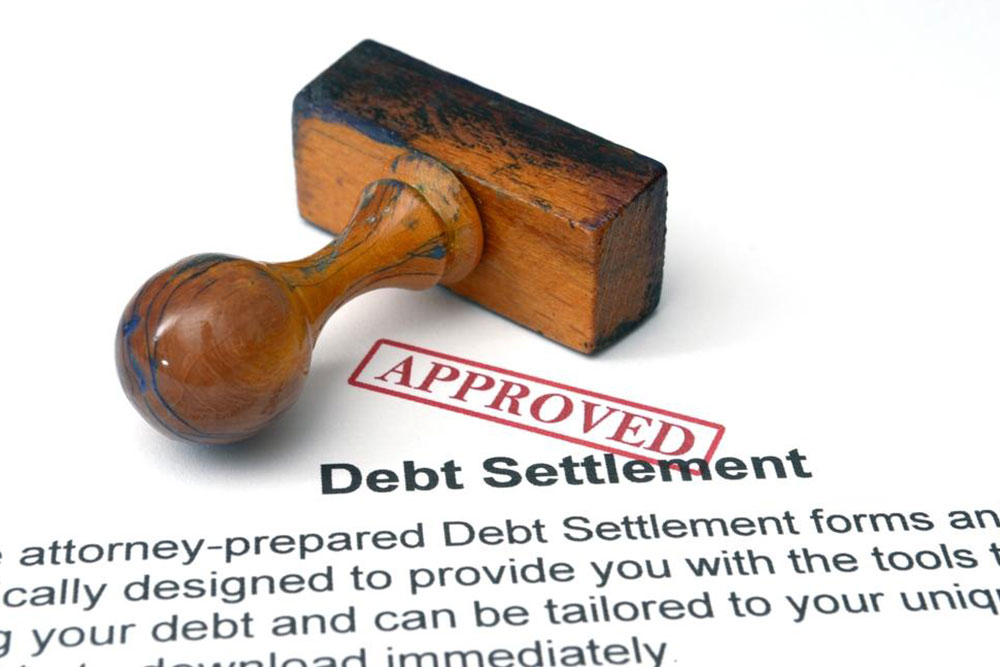Comprehensive Guide to Loan Options for Unemployed Individuals
This comprehensive article explores various loan options for unemployed individuals, focusing on secured and unsecured loans, government programs, and strategic considerations to secure financial support during unemployment. It provides practical advice on improving approval chances and managing debt responsibly, helping readers navigate tough economic times with confidence and stability.

Comprehensive Guide to Loan Options for Unemployed Individuals
Experiencing unemployment can be financially challenging, especially when seeking necessary funds to cover living expenses, debts, or future investments. For individuals without a steady source of income, understanding the available loan options is essential to navigate these difficult times. Fortunately, there are various loan products tailored specifically for unemployed individuals, offering different levels of risk, collateral requirements, and repayment structures. This comprehensive guide aims to provide valuable insights into the different types of loans available, the eligibility criteria, and strategies to maximize approval chances while managing the associated risks.
When income becomes scarce, one of the primary concerns is how to secure financial support without stable earnings. Lenders often evaluate loan applications based on multiple factors, including credit history, existing assets, and overall financial stability. For unemployed individuals, collateral-backed loans—also known as secured loans—are a common option. These loans are secured by assets such as your home, vehicles, or other valuable property. The value of these assets, particularly your home equity, is a critical factor in assessing your loan eligibility. If you own a property and can offer it as collateral, lenders are more likely to approve your application because the risk is minimized for them.
In cases where collateral is not available or preferred, unsecured loans are an alternative. These loans do not require collateral, making them accessible to a broader range of applicants, including those who do not own significant assets. However, unsecured loans typically come with higher interest rates due to the increased risk assumed by lenders. The amount you can borrow with unsecured loans depends on your creditworthiness, income statements (if any temporary income can be demonstrated), and the lender’s specific policies. It’s important to note that approval criteria often consider your overall financial profile, including your credit score, existing debts, and repayment history.
Understanding the different types of unemployment-related loans can help you make an informed decision that aligns with your financial situation and future plans. Below are key loan categories to explore:
Secured Loans: These require collateral, such as real estate or vehicles. Because the lender’s risk is mitigated by the collateral, approval rates are generally higher, even for unemployed individuals. Loan amounts can be substantial, enabling cover for significant expenses or debt consolidation.
Unsecured Personal Loans: No collateral is needed, but interest rates are higher. These are suitable for smaller financial needs, such as temporary cash flow support or minor debt consolidation. Even applicants with less-than-perfect credit might qualify, but terms vary widely.
Government Assistance and Support Programs: In some regions, government programs offer special loans or grants to unemployed individuals, particularly those in vulnerable groups or with specific qualifying conditions. These programs often have favorable terms and lower interest rates.
Specialized Student Loans for Unemployed Students: Students who are unemployed while pursuing higher education can access specialized loans or grants designed to support their academic ambitions without immediate repayment pressures.
If you are unemployed due to circumstances beyond your control, such as layoffs or business closures, some insurance policies or government benefits might help reduce the burden of loan repayments. These support mechanisms act as safety nets, providing added flexibility during tough times.
Qualifying for a loan during unemployment often hinges on several criteria. While traditional factors like credit history and income statement play significant roles, lenders may also consider alternative indicators such as:
Outstanding debts and repayment history
Existing assets, such as property or savings
Co-signers or guarantors who can guarantee repayment
Additionally, applicants with poor credit, previous bankruptcies, or defaults can still qualify for certain loans, especially secured ones, if they can provide sufficient collateral or have a trusted co-signer. Moreover, declaring other sources of income, such as unemployment benefits, social security, or financial support from family, can improve loan approval prospects and sometimes lead to lower interest rates.
When considering loan options, it is advisable to evaluate flexible repayment plans that accommodate inconsistent income streams. Many lenders offer custom repayment schedules, deferral options, or reduced payments during the period of unemployment, which can ease financial pressure until employment is regained.
Unemployed individuals pursuing higher education or vocational training should also explore student-specific loans or grants. Education financing options often provide favorable terms, understanding that investing in skills can lead to better job prospects in the future.
Beyond mere borrowing, unemployed individuals can leverage loans strategically for debt consolidation. Combining multiple debts into a single loan with a lower interest rate can simplify repayment and improve credit scores over time. However, it is critical to compare all available options carefully. Different lenders update their criteria frequently, and carefully analyzing the terms, interest rates, and repayment flexibility can help you find the most suitable solution.
Ultimately, a well-chosen loan can offer essential financial stability during periods of unemployment, serving as a bridge until new employment opportunities arise. Responsible borrowing, coupled with a clear repayment plan, will position you better for a stable financial future.





